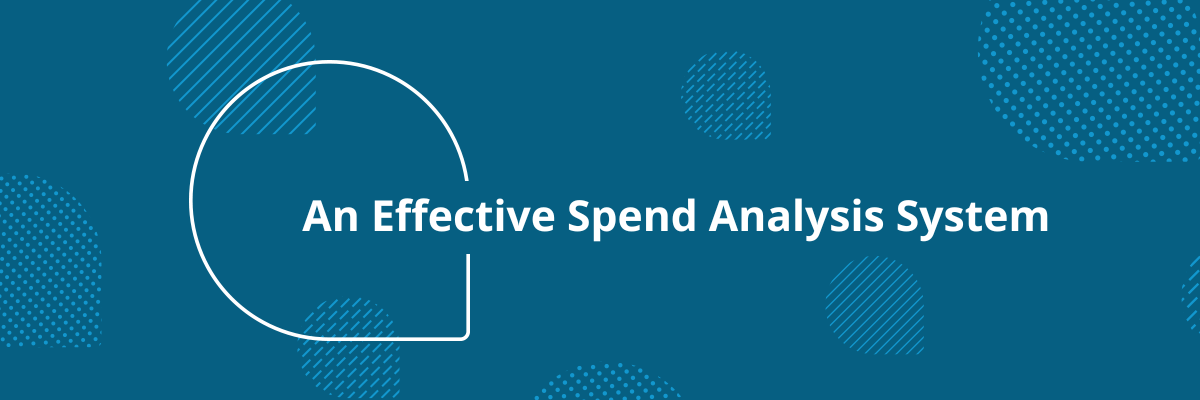In the realms of business and finance, spend analysis plays a crucial role. As part of a company's source-to-pay process, it illuminates potential opportunities and guides the decision-making process for further module implementation and integration, so organizations should consider it a priority. In this blog post, let's dive deeper into the core functionality required for a robust spend analysis system.
The Spend Analysis Process – A Primer
The process of spend analysis can be summarized in five main steps:
- Extract the relevant data from the appropriate sources.
- Load the data into the spend analysis solution (mapping it to a starting taxonomy).
- Structure the data to facilitate various types of analyses.
- Analyze the data and derive meaningful insights.
- Act based on these insights, including initiating processes, tracking progress, and generating results.
However, this doesn't tell the whole story. While these steps form the backbone of spend analysis, a functional and effective spend analysis system also requires efficiency.
Load, Structure, Analyze – A Closer Look
Load
The initial step is to seamlessly load large data files and map this data to a starting taxonomy that can later be manipulated for the purposes of analysis. In particular, the system should be intelligent enough to learn from the user's actions to improve future operations. This necessitates:
- Rules: The application should support rules that allow deterministic remapping when certain data values are identified. These rules should be easily editable over time.
- Hybrid AI: This would analyze the data and suggest the rules for the user, speeding up rule definition and mapping during the load process.
Structure
Next is the structuring of data. The application should be able to construct a custom data cube for each analysis type required, while also offering features to explore the cube:
- Cube: The system should allow custom cube creation for each analysis type.
- Drill Down: Enables deeper exploration of data.
- Filters: Helps define the relevant data subset.
- Views: Should be configurable and customizable using measures, drill downs, and filters.
Additionally, the application must support the 'familying' of similar entities, like suppliers, products, and locations, and the mapping of child organizations to their parent entity.
Analyze
After structuring the data, the next phase is the analysis itself. This involves:
- Measures: These help summarize the data in a meaningful way.
- Benchmarks: Providing a comparative basis for your data.
- Reports: The application should provide bookmarkable views showing the right summaries.
- Data Science Hooks: Connections to external algorithms and libraries for forecast generation, trend analysis, etc.
The Efficiency Factor
Finally, let's discuss the key element that wraps it all together – efficiency. The key here is to ensure the system does not require the entire process to be repeated every time data is updated or reclassified. It should preserve past actions, identify data changes and new data, and integrate them smoothly.
In the ideal scenario, a system supports 'inheritance', where every user’s cube is a sub-cube of another system cube or the master cube. This feature allows for automatic propagation of any changes without any effort required on the part of the user, making a spend analysis system exponentially more efficient.
In conclusion, spend analysis isn't just about extraction, loading, structuring, analyzing, and acting. It's also about doing all these with a keen eye for efficiency. In the current marketplace, only a few systems offer full or partial inheritance, which is a crucial factor to consider when selecting a solution. Be sure to choose a system that meets all the requirements discussed in this blog, as not all solutions are created equal.

.png)
-2.jpg)

